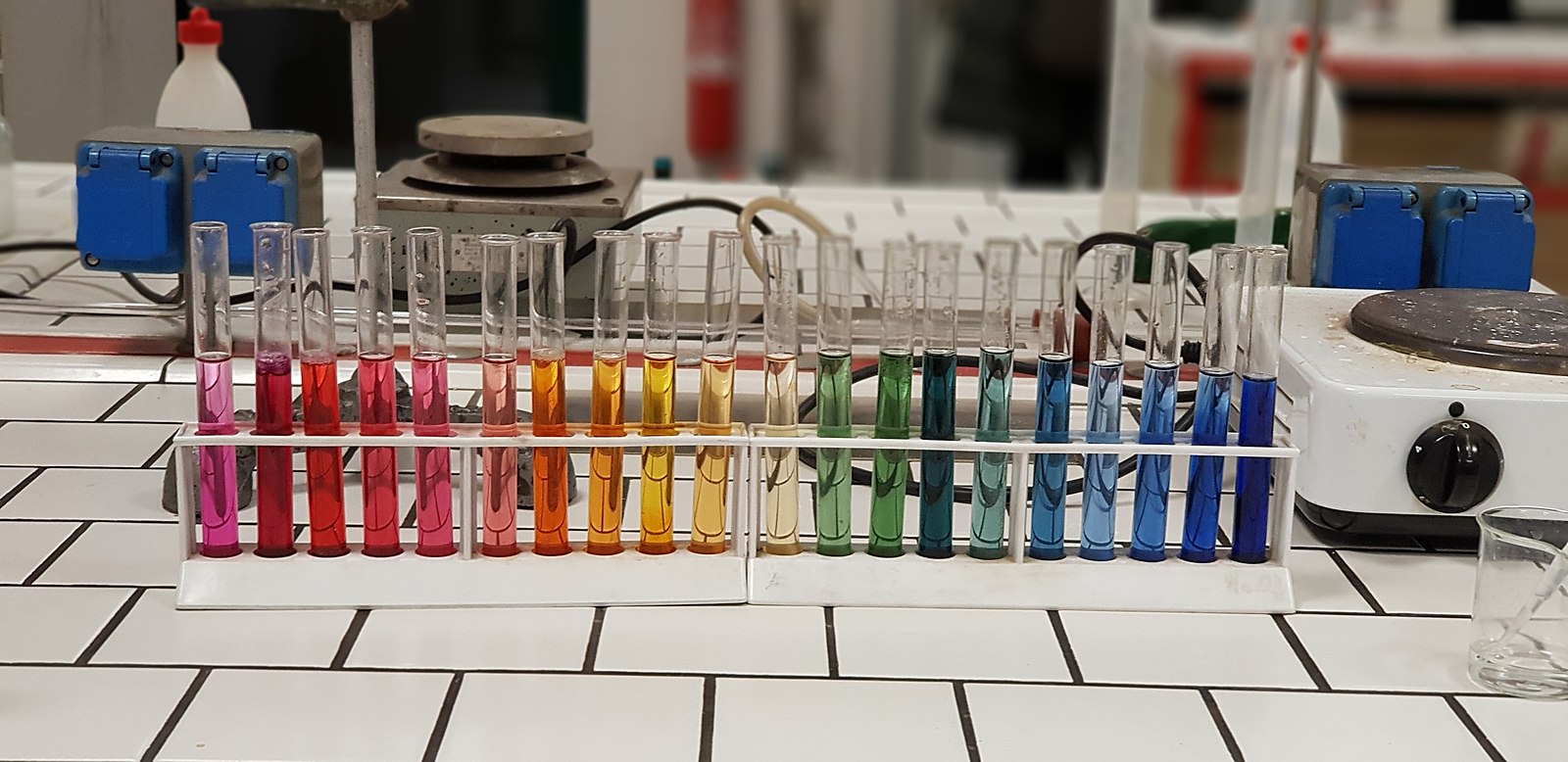The pH of starch in water is not a fixed value, as it depends on various factors, including the pH of the water used, the presence of contaminants or chemicals, and the specific pH range required for the intended use of the starch suspension. Understanding the pH of starch in water is crucial for maintaining the desired properties and functionality of the starch suspension.
Factors Affecting the pH of Starch in Water
Water pH
The pH of the water used to prepare a starch suspension is a crucial factor in determining the pH of the final solution. Pure water has a pH of 7, and if used to prepare a starch suspension, the pH of the suspension would also be 7.
Starch Acidity
Starch is a weak acid, but stronger than water. If a slurry of starch is made and sodium hydroxide is added, the starch will react with the sodium hydroxide, changing the viscosity of the slurry.
Heating and Oxidation
The pH of starch suspensions can change during heating, and oxidation of starch can cause a slightly acidic pH condition.
Contaminants and Chemicals
Contaminants, chemicals, and substances present in starch in water can affect its pH. For example, the pH value decreases to 8.4 in the basic medium of native starch in a water solution of K2Cr2O7.
Measuring and Balancing the pH of Starch in Water
Measuring pH
A sensitive pH meter can measure the slight acidity of a starch slurry in water, but using a dilute sodium hydroxide solution for measurement can get messy due to the transformation of starch into a paste or slime.
Balancing pH
To balance the pH of starch in water, sensitive pH meters or dilute sodium hydroxide solutions can be used. However, it is essential to consider the specific pH range required for the intended use of the starch suspension.
pH Ranges in Starchy Food Products
Starchy food products embrace a wide range of pHs, from pHs in the range of 4.0–5.0 in sourdough breads to pHs in the range of 6.0–8.0 in other starchy products.
Effects of pH on Starch Properties
Molecular Structure
Starch molecules are partially degraded at pH 5 and 10, resulting in lower molar size and radius of gyration than those in neutral conditions.
Redox and Sorption Properties
The redox and sorption properties of native and phosphorylated starch are affected by pH, with the pH value decreasing in basic media and increasing in acidic media.
Hydrolysis
When starch is hydrolyzed in an acidic medium, some α(1–4) and/or α(1–6) glucosidic bonds of amylose and amylopectin are broken, leading to a lowering of the acidity of the solution and creating positive potential ζ of the surface of native starch.
Phosphorylated Starch
Phosphorylated starch in water shows significant changes in pH only for solutions with an initial pH of 11, with the value changing slowly and becoming equal to 8.6 after 4 hours.
In conclusion, the pH of starch in water is a complex and variable parameter that depends on various factors, including the pH of the water used, the presence of contaminants or chemicals, and the specific pH range required for the intended use of the starch suspension. Understanding and balancing the pH of starch in water is crucial for maintaining the desired properties and functionality of the starch suspension.
References:
- What is the pH of starch? – Quora. Available at: https://www.quora.com/What-is-the-pH-of-starch
- What is the pH of starch? – Chemistry Stack Exchange. Available at: https://chemistry.stackexchange.com/questions/98307/what-is-the-ph-of-starch
- Effect of pH on aqueous structure of maize starches analyzed by small-angle neutron scattering. Available at: https://www.sciencedirect.com/science/article/abs/pii/S0268005X08002932
- Effect of pH on the physicochemical properties of starch films. Available at: https://www.researchgate.net/publication/336431167_Effect_of_pH_on_the_physicochemical_properties_of_starch_films
- Effect of pH on the Redox and Sorption Properties of Native and Phosphorylated Starches. Available at: https://www.mdpi.com/1420-3049/27/18/5981
- Evaluation of Starch–Protein Interactions as a Function of pH. Available at: https://www.ncbi.nlm.nih.gov/pmc/articles/PMC6560411/

